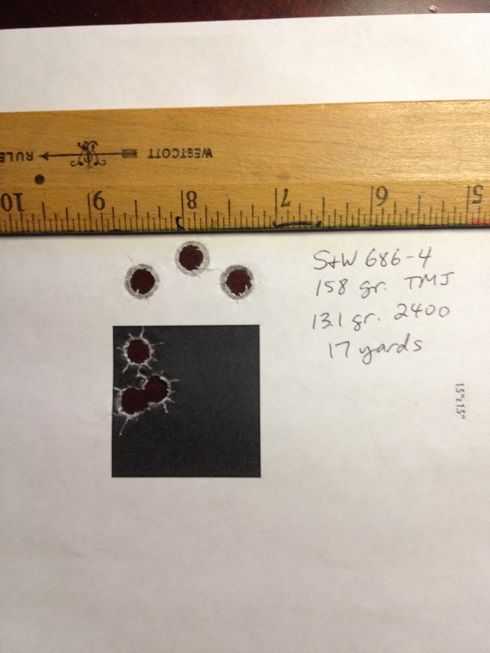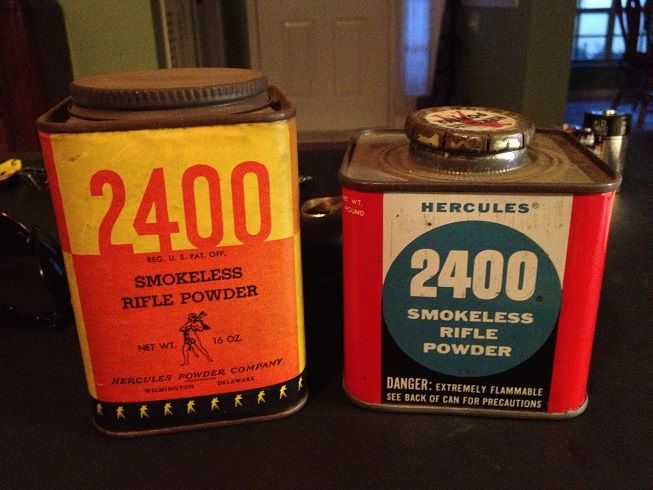Mike Irwin
Staff
Excellent. I should charge a finder's fee! 
Most believe the newer Alliant powder to be a tad hotter than the old Hercules. Which is why the old Keith .44Spl load is usually backed off a half grain.It's the same powder, made on the same machinery, just by a company with a different name.
1932 to be exact.2400 was introduced several years before the first Magnum handgun cartridge, the .357 Magnum (1935).
According to Phil Sharpe's "Complete Guide to Handloading", it was introduced in 1932 and not released as a canister powder to handloaders until 1933. Being instrumental in the .357's development, he probably knew a thing or two about the premier magnum pistol powder of the era.I sort of doubt an introduction date any later than 1930.
I sort of doubt that John Taffin and Brian Pearce would've tested and written about it if there weren't some merit. Either way, half a grain less than Keith's .44Spl load yields the same velocity.I sort of doubt that 2400 is any hotter or colder than it's ever been -- but pressure testing equipment is more accurate than it's ever been, and lawyers are a lot more aggressive.
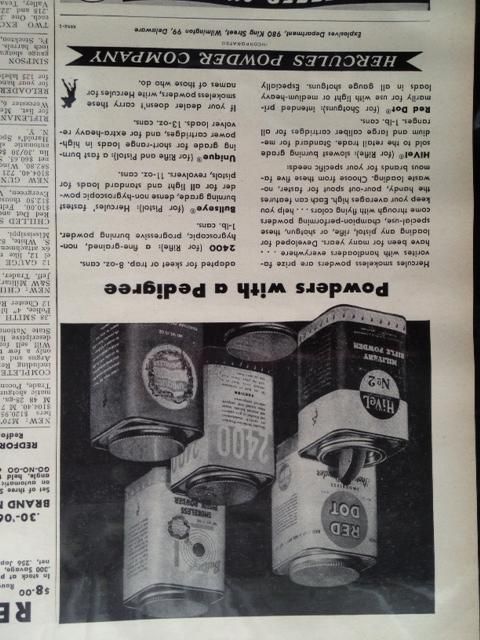
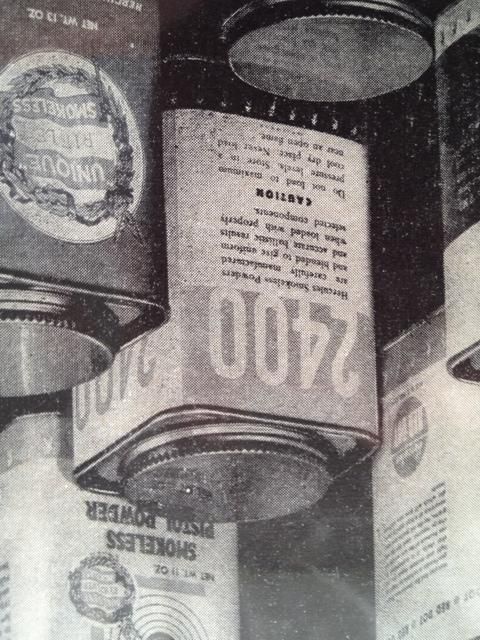
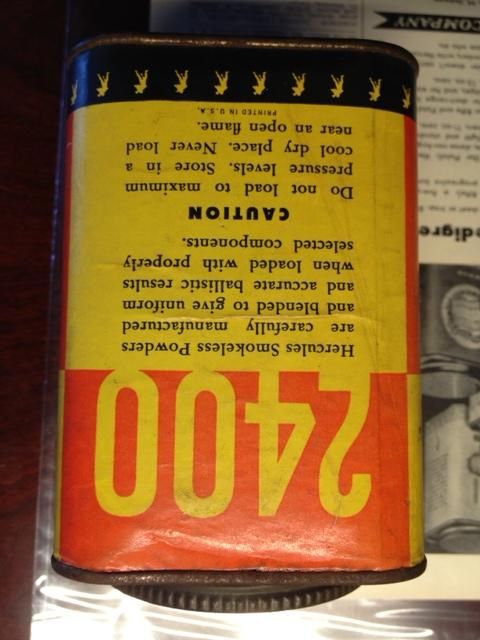
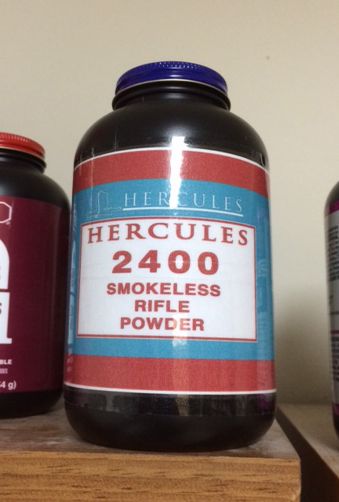 .
.